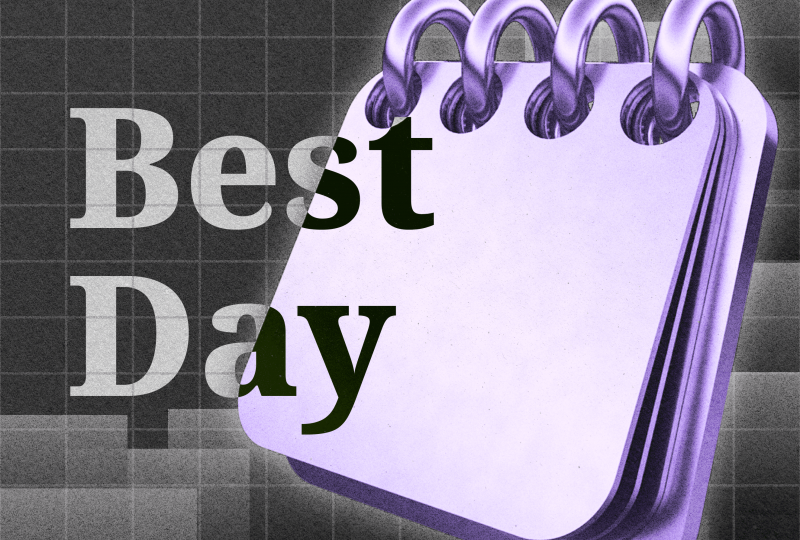What is Decentralized Finance?
Sep 21, 2021

For years the crypto market has been crashing into the wall, seeing no opportunity to attract more traders and investors. The DeFi sector dismantled that wall effectively, building a bridge between the world of traditional finances and digital assets.
What is Decentralized Finance in short? The sector introduced traditional financial services placed in the membrane of cryptocurrencies. The DeFi industry made it possible to borrow and lend money, issue synthetic assets, launch decentralized exchanges, etc. The total value locked in the DeFi market reached $98.2 billion (all-time high) on September 7 (411% growth since the beginning of 2021).
Categories of DeFi projects
All the projects launched inside Decentralized Finances are roughly broken down into the five categories:
1) Lending (Aave, InstaDApp, Maker). Such projects are claimed to enable users to lend their crypto funds and gain profits. Borrowers get loans secured by ETH collaterals.
2) DEXes (Curve Finance, Uniswap). Decentralized exchanges don’t force registered users to verify their accounts and get no control over traders’ funds. Investors are fully responsible for their assets.
3) Assets (Convex Finance, Yearn Finance). Those projects enable holders of top-rated coins (e.g., Ethereum) to stake such assets and get synthetic tokens as rewards.
4) Derivatives (Synthetix, dYdX). The sector opens new horizons for CFDs, as decentralized contracts guarantee high-level security for both buyers and sellers.
5) Payments (Flexa, Tornado Cash). DeFi payments increase the anonymity and security of transactions made in digital currencies.
Are DeFi projects liquid?
Cryptocurrency liquidity is among the most important factors for investors. According to experts, more than 90% of issued digital assets have no real value, and their founders wanted to capitalize on the community’s fast-growing interest in digital currencies.
What about the liquidity of DeFi assets? Are such projects truly promising for investors? The liquidity of DeFi projects is maintained by token pools locked into smart contracts. What is their role, and why are such pools important for investors?
DeFi liquidity pools serve as market makers that protect assets from large price swings; this is why the pools affect token prices.

The working principle of DeFi liquidity pools

The vast majority of DeFi projects are based upon Ethereum, while the current transaction speed of its blockchain varies from 12 to 15 transactions per second. Furthermore, each transaction is imposed by a fee. Using the Ethereum blockchain as an order book is not a perfect solution. As such, the DeFi industry needed something drastically new.
A liquidity pool basically contains two tokens, forming a trading pair (e.g., DAI/ETH), and every pool creates a new market for a certain trading pair. Liquidity providers (LPs) supply the equal value of both assets, and such a supplying model works for all the next liquidity providers who join a pool. In case of price swings, traders get the arbitrage opportunity, and LPs lose their funds.
Liquidity providers get LP tokens in exchange for funds locked in a liquidity pool. When a pool is used for traders, profits are equally shared among LP token holders. When a liquidity provider wants to take his (her) funds back from a pool, LP tokens must be burned.
The asset price depends on the interconnection between demand and supply. For instance, when an investor buys ETH coins from a DAI/ETH pool, the available amount of ETHs drops, and its price increases. The larger liquidity pools are, the higher deals such pools can process without price swings. This said cryptocurrency liquidity providing is the deterrent factor that influences an asset price.
Dark pool liquidity
Large amounts of digital currencies are usually traded within dark pools to remain anonymous. Several exchanges offer dark platforms for holders who need an anonymous space to exchange their digital assets. As for DeFi assets, dark pools can be used as well.




